Carracci Cartoons: Myths in the Making at the National Gallery
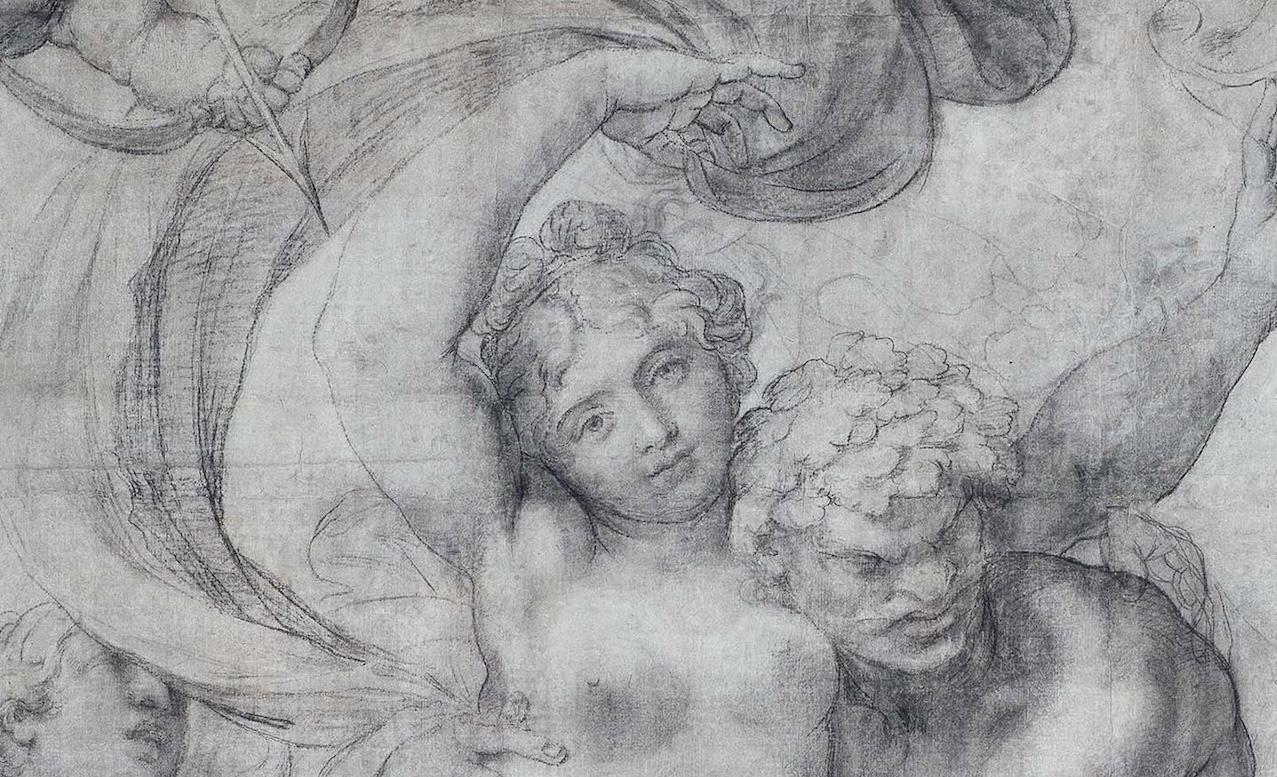
In 1594, a newly ordained young cardinal, Odoardo Farnese – the recent beneficiary of a tremendous fortune – commissioned the Bolognese artist brothers Agostino and Annibale Carracci to create a monumental fresco for the hall of his family residence, the Palazzo Farnese in Rome. An undertaking, quite literally, of soaring ambition, the spectacular result has long since been acclaimed as a great masterpiece representing a transition from the Late Renaissance to the early Baroque. To prepare for the painting, the Carraccis produced large charcoal and chalk drawings or, more correctly, cartoons, the word deriving from the Italian “cartone” meaning a large sheet of paper. The National Gallery has owned two of these magnificent works since 1837, coincidentally the year of Queen Victoria’s accession to the throne. As the Trafalgar Square institution winds down its bicentennial celebrations, these delicate four-metre high by two-metre tall cartoons are given a rare public showing in room one, closed since the end of last year due to a rehang.
Last shown to the public in the 1990s when they underwent a restoration, Cephalus carried off by Aurora (circa 1599) and A Woman borne off by a Sea God (also circa 1599) are rendered in charcoal and chalk on blue-grey paper. One finds the Carracci brothers referencing Michelangelo and Raphael and Roman sculptures from antiquity, with the cartoons providing invaluable insight into their creative processes.
The long, narrow Gallery on the first floor of the Palazzo Farnese (now the site of the French embassy), which Agostino and Annibale were commissioned to embellish with a fresco, was also the setting for the Farnese family’s exceptional collection of antique sculpture. This state of affairs explains the artists’ decision to conjure scenes from Ovid’s Metamorphoses, a poem chronicling ancient myths, in the two huge cartoons on display at the National gallery. Designed for transfer onto fresh plaster, they remain in an excellent condition despite the passing of time. Each cartoon is covered with almost imperceptible perforations to enable the classically inspired content to be transposed via the method of dusting.
The cartoons themselves attest to the inspiration of Michelangelo’s Sistine Chapel and Raphael’s paintings in the Vatican. In the main, they are attributed to Agostino Carracci with some contributions from the younger brother Annibale. Cephalus carried off by Aurora is a wonderfully dynamic depiction of Aurora, the beautiful goddess of the dawn, forcing the hunter Cephalus into her chariot on the left of the composition, having fallen in love with him. The musclebound mortal, loyal to his beloved wife Procris, resists with all his might. On the far right, we see Aurora’s spurned husband Tithonus lying despairingly on the ground, whilst in the centre sits a meddlesome-looking putto, seemingly throwing acorns from a basket. On the top right, a horse thunders off, its hindquarters and tail thrust into our vision, neighing head thrown in the air. The swirling saffron robe and wings of the goddess and the dramatic postures of all of the figures provide the composition with a tremendous sense of energy and movement.
Close inspection reveals the work has been created from a number of sections of paper attached together. Cephalus carried off by Aurora was cut up to be transferred onto the ceiling. These sections were pressed against the wet plaster to trace the drawing, and new pieces of paper were utilised for cuts and lost areas. Tithonus’s right arm, for example, has been restructured with an additional strand of white paper.
The second cartoon, entitled A Woman Borne by a Sea God, features at its centre a powerful-looking sea deity with dragon wings emerging from his hips, wrapping his muscular arms around a naked goddess who meets our gaze. Unlike Cephalus in the other cartoon, the subject of the ardour seems far less inclined to resist her captor’s attention. Above, Cupid prepares to release an arrow on the couple. All around them is seen a cacophonous whirl of winged putti and nymphs. Some use dolphins for steeds, with the National Gallery suggesting that this would imply the main female figure is Venus herself. One heroically built figure, blowing into a shell as if it were a hunting horn, so offends a putto flying nearby that the latter forces his hands over his ears.
The Carracci Cartoons: Myths in the Making offers an incredible opportunity to see at first hand the artistic and technical processes behind the creation of the magnificent frescoes of Palazzo Farnese, which exerted such an impact on the evolution of Western Art. These superb cartoons reveal the wonderful draftsmanship of the Carracci brothers, together with their sheer inventiveness.
James White
Image: Courtesy of the National Gallery
Carracci Cartoons: Myths in the Making is at the National Gallery from 10th April until 6th July 2025. For further information or to book, visit the exhibition’s website here.

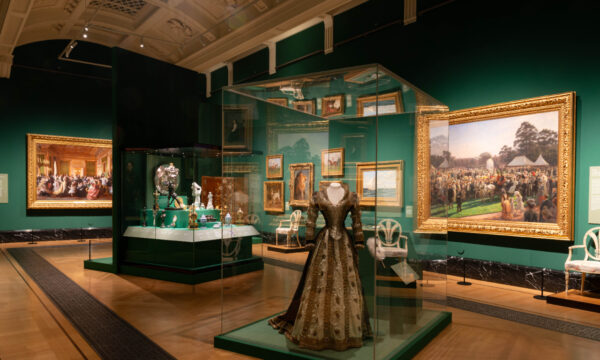
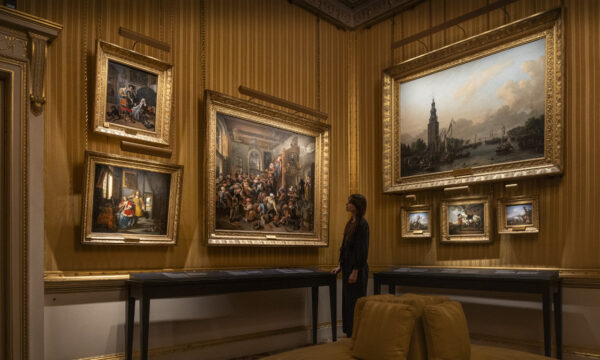
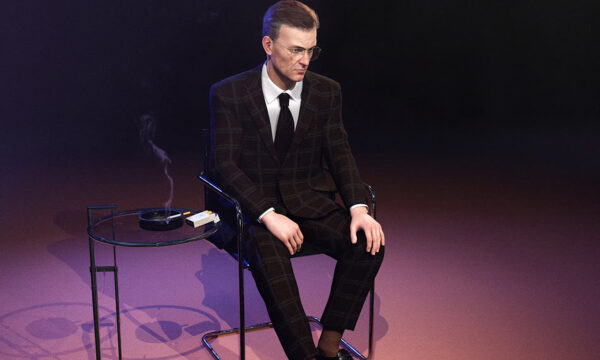
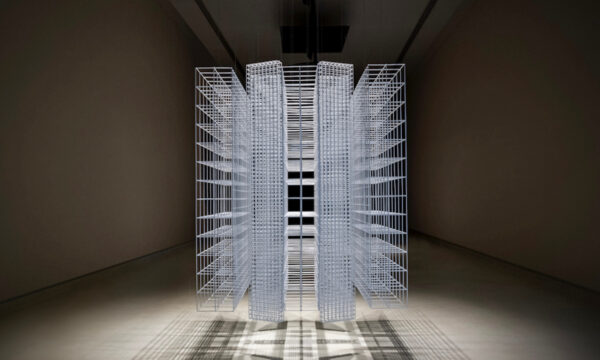
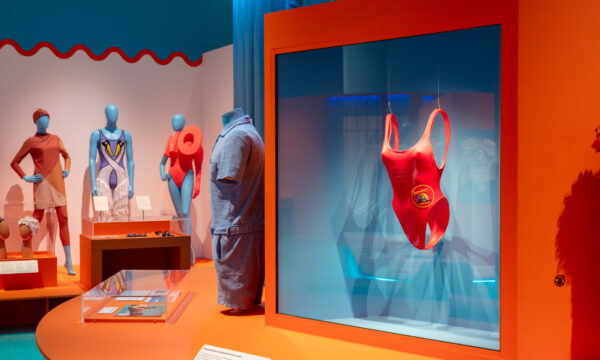
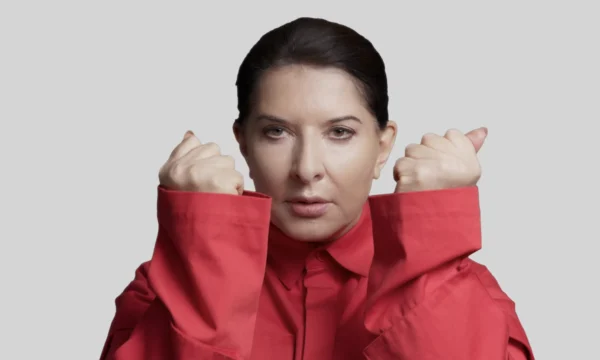
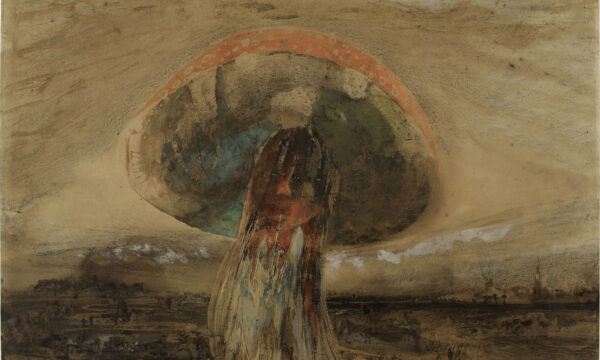
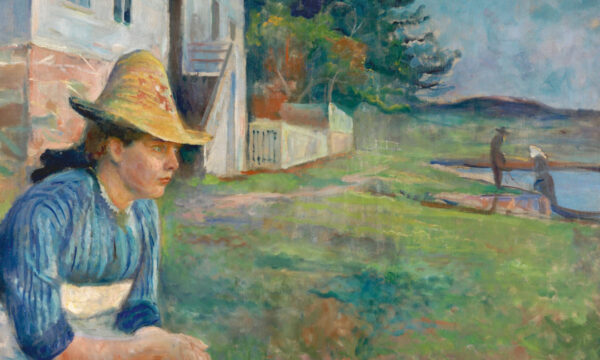
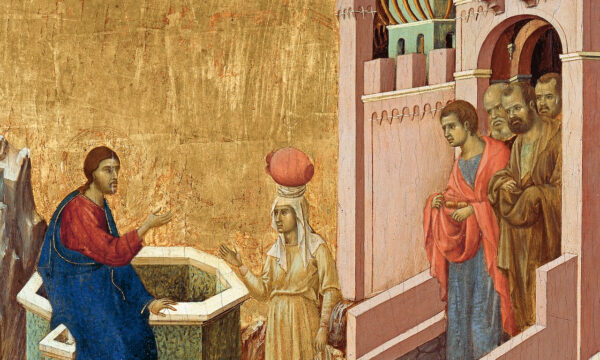





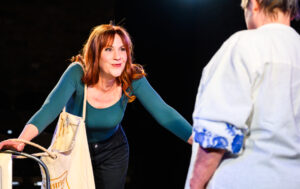









Facebook
Twitter
Instagram
YouTube
RSS